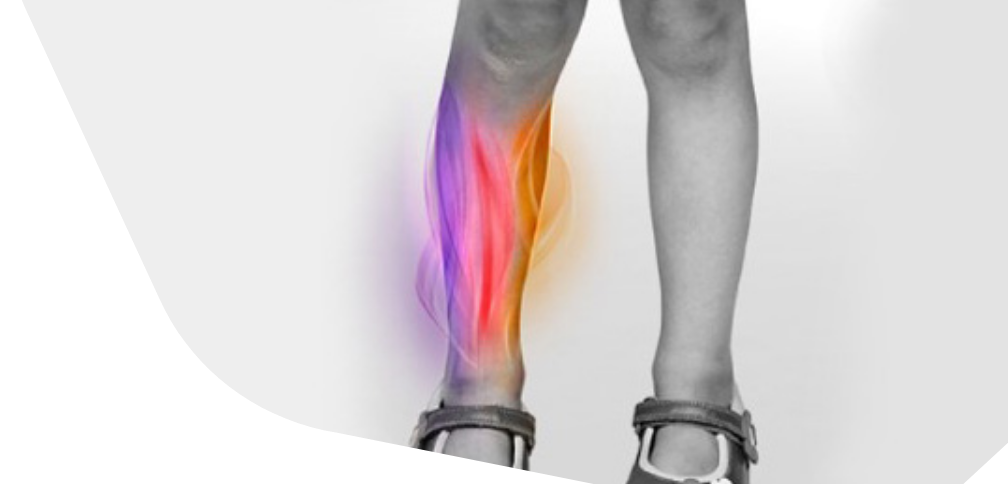Cerebral palsy associated limb spasticity is a neurological disorder that affects movement, muscle tone, and posture. Among its most common manifestations is limb spasticity, characterized by increased muscle stiffness and involuntary contractions. This condition impacts mobility and daily functioning, necessitating early diagnosis and effective intervention strategies.

What is Limb Spasticity in Cerebral Palsy?
Limb spasticity is a form of hypertonia, where muscles remain in a state of heightened tension. In cerebral palsy, spasticity arises due to damage to the brain’s motor cortex or its connections, impairing the ability to regulate muscle movement. This condition can affect one or multiple limbs and may vary in severity.
Key Characteristics of Limb Spasticity:
- Increased Muscle Tone: Affected muscles feel rigid and resist passive movement.
- Exaggerated Reflexes: Tendon reflexes may be more pronounced.
- Contractures: Prolonged spasticity can lead to permanent joint deformities.
- Pain and Discomfort: Spasticity often causes pain, limiting quality of life.
Causes of Limb Spasticity in Cerebral Palsy
Spasticity is a result of neurological impairment caused by:
- Prenatal Factors: Maternal infections, genetic mutations, or exposure to toxins.
- Perinatal Events: Birth asphyxia, preterm birth, or complications during delivery.
- Postnatal Causes: Traumatic brain injury, infections such as meningitis, or severe jaundice.
These factors disrupt the brain’s ability to send appropriate signals to muscles, leading to abnormal motor control.
Diagnosing Cerebral Palsy-Associated Spasticity
Timely diagnosis is crucial for effective management. Physicians use a combination of clinical evaluation and diagnostic tools:
- Medical History and Physical Examination: Identifying developmental delays and abnormal muscle tone.
- Imaging Techniques: MRI or CT scans help detect brain abnormalities.
- Functional Assessments: Evaluating gait, range of motion, and muscle strength.
Treatment Approaches for Limb Spasticity
Managing limb spasticity in cerebral palsy involves a multidisciplinary approach, combining therapies, medications, and surgical interventions.
1. Physical and Occupational Therapy
- Stretching Exercises: Reduce muscle stiffness and improve range of motion.
- Strengthening Activities: Enhance muscle coordination and overall mobility.
- Assistive Devices: Orthotics and braces support posture and walking.
2. Pharmacological Interventions
- Oral Medications: Baclofen, tizanidine, and diazepam reduce spasticity.
- Botulinum Toxin Injections: Target specific muscles for temporary relief.
- Intrathecal Baclofen Therapy: Delivers medication directly to the spinal fluid for severe cases.
3. Advanced Interventions
- Selective Dorsal Rhizotomy (SDR): Surgical procedure to reduce spasticity by cutting nerve roots.
- Orthopedic Surgery: Corrects deformities caused by contractures.
- Neuromodulation Techniques: Emerging therapies like transcranial magnetic stimulation.
4. Complementary Therapies
- Aquatic Therapy: Leverages water’s buoyancy to ease movement.
- Constraint-Induced Movement Therapy (CIMT): Improves motor function by restricting unaffected limbs.
Living with Limb Spasticity: Practical Tips
- Regular Exercise: Maintains flexibility and strength.
- Hydration and Nutrition: Prevents muscle cramps and optimizes energy levels.
- Support Networks: Engaging with patient communities and support groups.
Prognosis and Long-Term Outlook
The severity of limb spasticity and the effectiveness of interventions significantly influence long-term outcomes. Early intervention, personalized treatment plans, and consistent follow-up improve mobility and enhance quality of life.